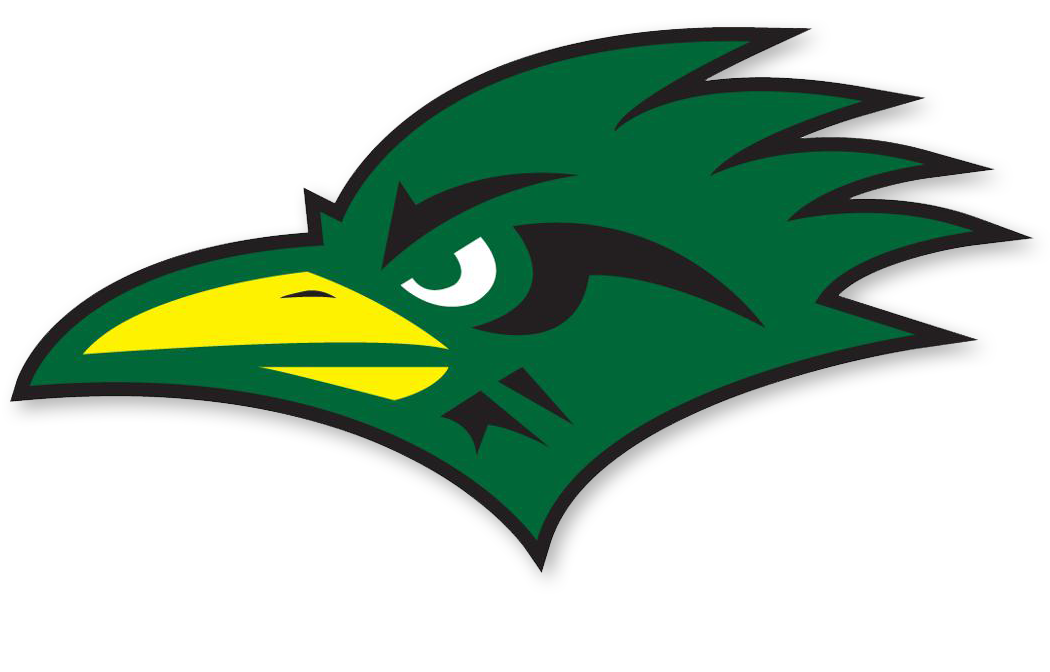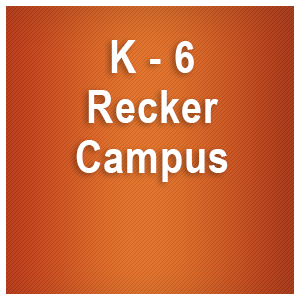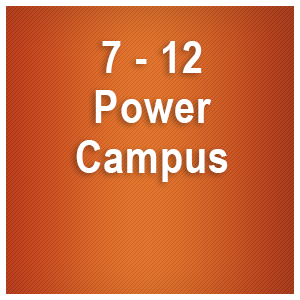Weekly Update
Happy Friday!
Throughout this past week, we have been discussing the topic of “making decisions”. To begin this unit, we started with a quick video about “Making Tough Decisions”, which touched on some different ways a person could make a decision. After the video, we discussed the pros and cons of each. For example, one option given, was to make a decision impulsively, which we discussed could be an easy way to decide, but that a con of being impulsive was that it could lead to getting in trouble or getting hurt.
To continue on with pairing consequences (both good and bad) with decisions/actions, we played the “I have, who has” game as a class. The premise of this game was to find the person who had the consequence that went along with their action. In the last few minutes after this activity, we talked about natural vs. added/given consequences, which set us up for the next day’s lesson.
Our bell work on Thursday was an individual worksheet that asked for them to either fill in the choice or the consequence. Once everyone was finished, we discussed the bell work as a class and wrote out the “consequence path”. Meaning, I had them give me an action to write on the board, asked them to tell me what would happen next, whether that be another action or a consequence. Then we determined which parts were natural consequences and which ones were added ones. For example, one action was speeding. They said if you get caught speeding, you get pulled over and get a ticket. They determined that getting pulled over was a natural consequence and that the ticket was an additional consequence since someone was handing that punishment over to them.
Since we had mostly been discussing how actions lead to consequences, we switched gears today and discussed how our words have consequences as well. Our bell work was centered on examples of situations and responding to those situations with what we would say, not do. After they completed their bell work, we reviewed a situation and discussed what could happen next, based on how we verbally responded. For example, one situation was that they didn’t like what their parent cooked for dinner. Some students said they would lie and say it tastes good, others said they would tell them it wasn’t good.
Ultimately, the discussion lead to agreement that lying isn’t the best option because that’s passive and that saying it wasn’t good, could be too aggressive, which lead us to figuring out how we could assertively say we didn’t like it. I was excited that they made the connection of decision making to what we discussed last week about passive, aggressive, and assertive communication!
Next week, we will continue on with our decision making topic and will be focusing on the decision making process and how there can be different ways to arrive at a decision.
Please feel free to reach out with any questions or concerns: btaylor@santancs.com.
-Mrs. Taylor








